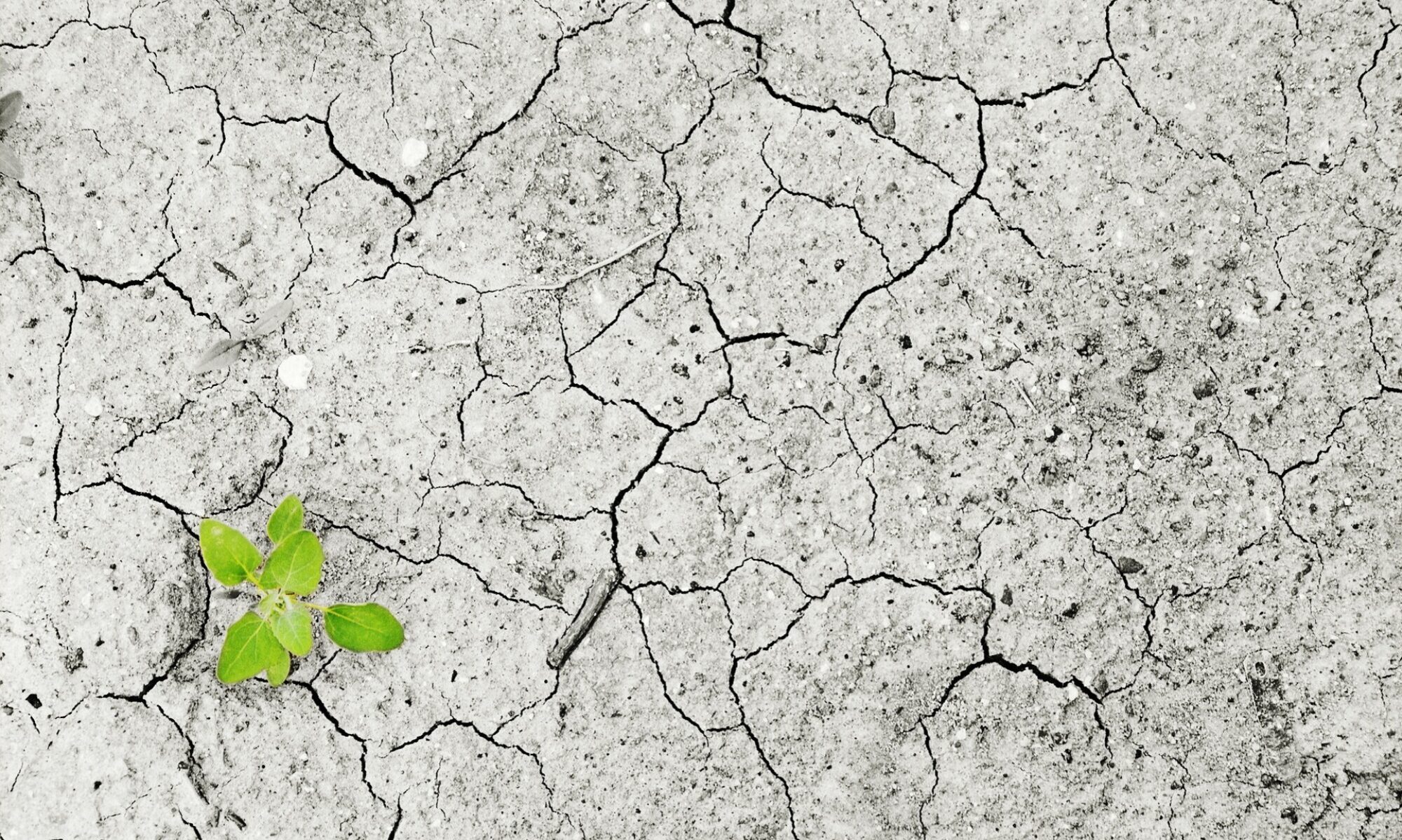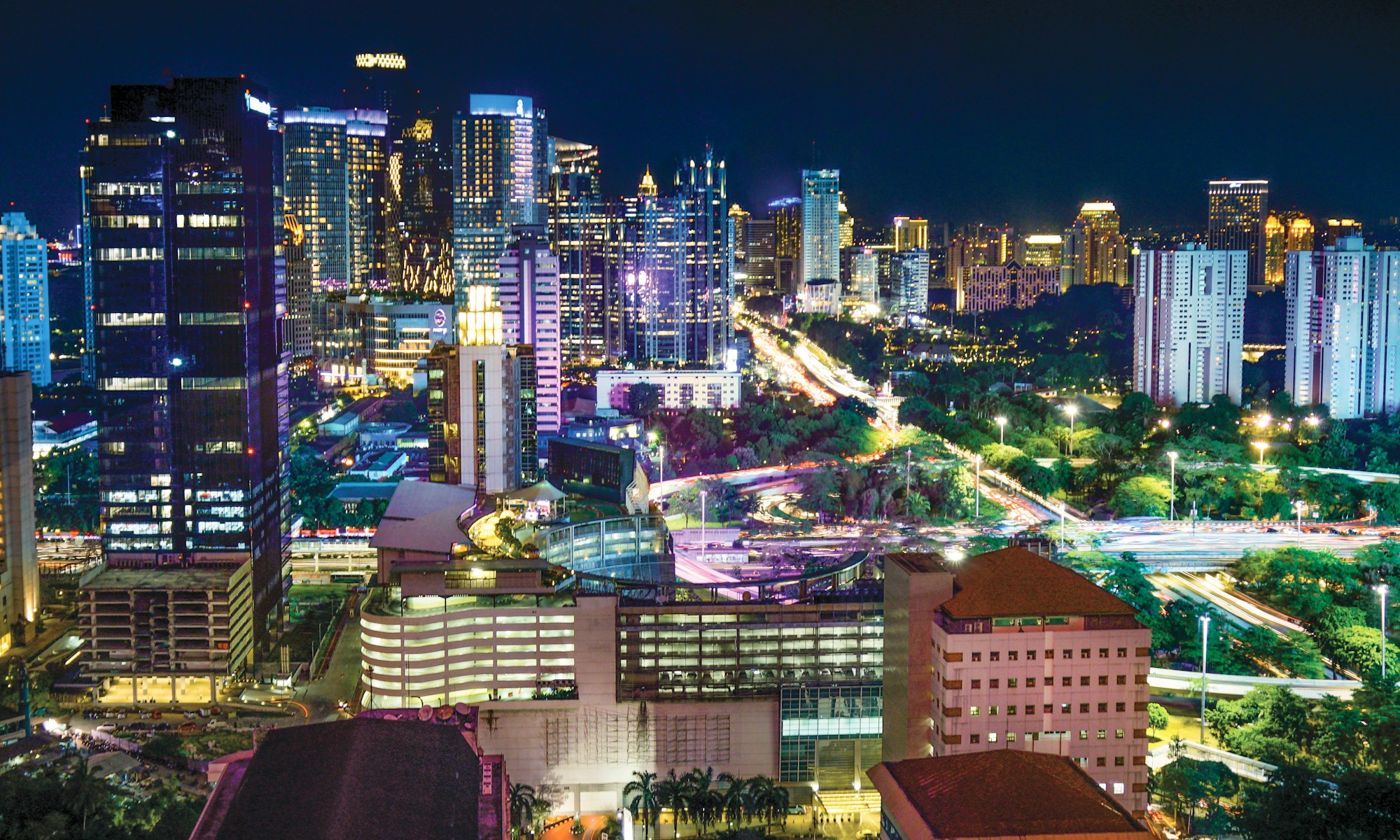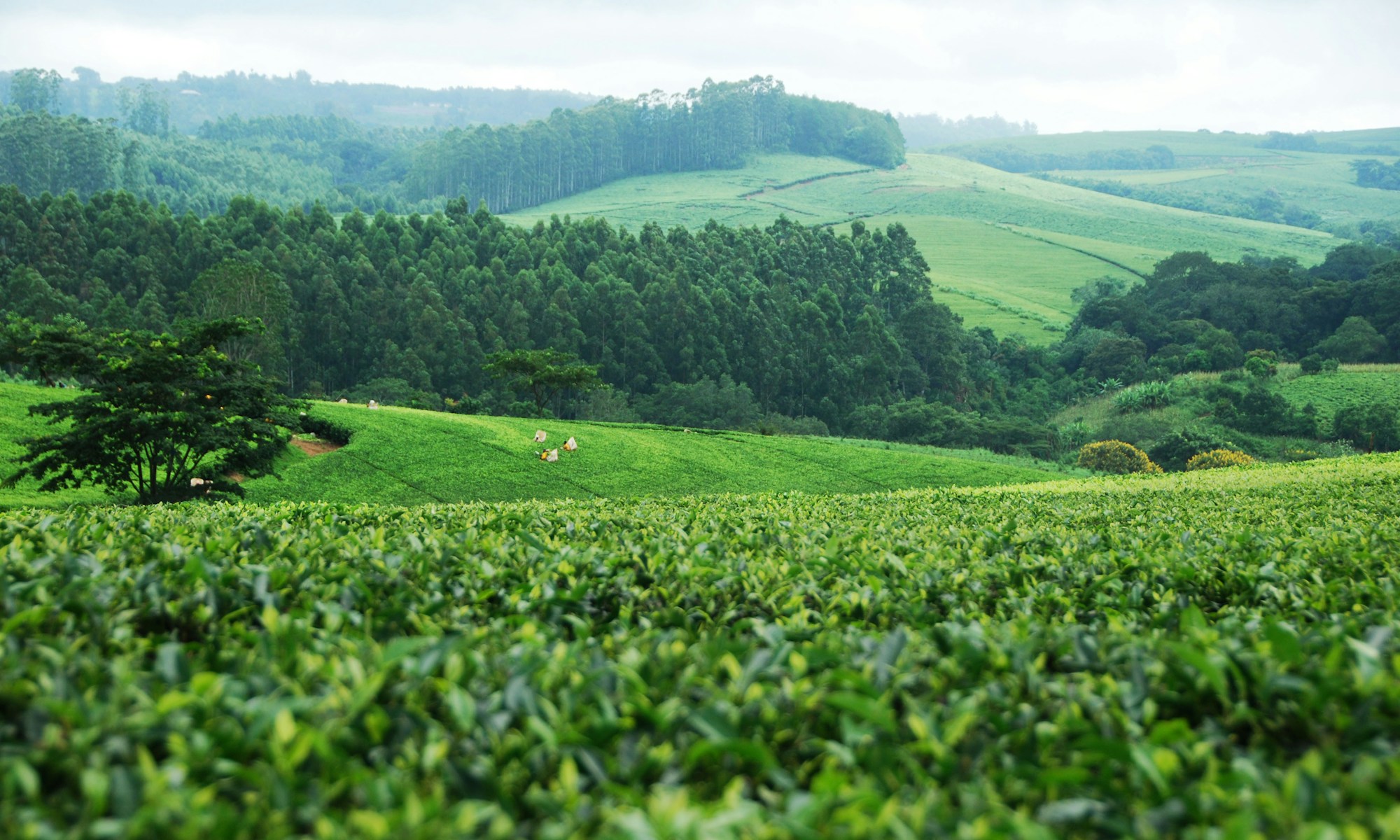8 December 2021 – by Evelyn Workman
On Saturday 13th November, the 2021 United Nations Climate Change Conference (COP26) drew to a close after 2 weeks of charged negotiations between almost 200 nations. The “Glasgow Climate Pact” was adopted late on Saturday evening, but the final hours of negotiations weren’t without some setbacks.
The biggest of these revolved around coal, with both India and China having opposed early drafts of the deal due to concerns about the language used around the world’s most polluting fossil fuel. They pushed for an updated version to include a watered-down commitment to a “phase-down” of coal, rather than the original “phase out”.
Scientists have repeatedly warned that global heating beyond 1.5°C above pre-industrial temperatures could lead to irreversible changes in our climate system. Coal emissions are central to discussions around keeping below 1.5°C, as coal is currently responsible for more than 40% of annual CO2 emissions. As such, the diluted language of “phase down” has been met with resistance by climate activists, as it weakens the commitment to getting rid of the use of coal completely. The change of language was a cause for celebration for many coal advocates, since “phase down” represents a “green light for more coal production”, in the words of pro-coal Australian senator Matthew Canavan.
The pledges on emission cuts set out in the pact have been widely criticized, as analysis has shown that they fall short of what is required to meet the 1.5°C of warming agreed at the Paris Climate Accord. A study for the Climate Action Tracker website shows that if the 2030 targets announced at COP26 are implemented in their entirety, temperatures are still projected to rise to 2.4°C by 2100. Warming above 2°C will lead to more extreme droughts, increased Arctic sea ice loss, and almost complete loss of coral reefs, compared to 1.5°C. The Tracker also calculates an “optimistic scenario” which assumes “full implementation of all announced targets” including long-term strategies. This scenario still overshoots the Paris agreement goal, with projected warming sitting at 1.8°C by 2100.
Many poorer countries were left feeling disappointed by the pact, as they felt their concerns around “loss and damage” were not adequately addressed. “Loss and damage” refers to rich countries, who are predominantly responsible for climate change, paying poor countries to compensate them for climate change caused damage which disproportionately affects poorer nations.
Throughout the conference, vulnerable nations emphasised how the climate crisis has already impacted them. A particularly powerful message came from Tuvalu’s foreign minister, Simon Kofe, who made his address to delegates standing knee-deep in seawater, highlighting the impact sea-level rise is having on the low-lying Pacific Island nation.
A group of 55 nations particularly vulnerable to the impacts of climate change, formed the Climate Vulnerable Forum (CVF). At the start of COP, CVF had issued a call for a “Climate Emergency Pact”, which called for at least $500bn in climate finance during 2020-2024, for mitigation and adaptation.
Despite these calls, the countries involved had to instead settle for the less definitive language used in the pact, which “urges” rich countries to increase funding for poor countries to around US$40 billion annually – just an eighth of the requested funding – by 2025, to help them adapt to effects of climate change. Moreover, developed countries have consistently failed to meet previous financial promises. At the 2009 Copenhagen climate change summit, wealthy countries agreed to pay US$100 billion each year by 2020 to developing countries to help them adapt to climate change, but only 80% of that has been delivered.
During the closing of the conference, COP26 President Alok Sharma apologised for the pact, saying that he was “deeply sorry” for how the process unfolded and the lacklustre commitments from the international community regarding coal. COP26 concluded with the promise that all countries will return to the negotiating table in a year’s time in Egypt to re-examine national plans.

Evelyn Workman graduated with a Master’s degree in climate physics from Utrecht University in 2020. This degree program allowed her to marry her passions for both physics and climate change. In October 2021 she started a PhD program at the British Antarctic Survey due to her eagerness to pursue further scientific research within the field of climate change. During her PhD studies she will be investigating methane in and above polar oceans.
This article was originally published in the Earth Refuge Archive as part of our collaboration with Human Rights Pulse on the COP26 Summit.










